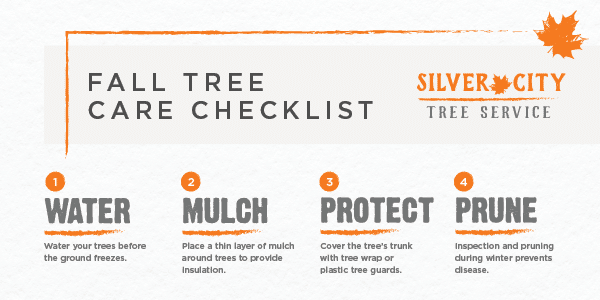The Ecological Perks Of Stump Grinding: A Lasting Method For Land Management
The Ecological Perks Of Stump Grinding: A Lasting Method For Land Management
Blog Article
view -
When it comes to land management, have you considered the resilient benefits of stump grinding? By attending to the residues left behind after tree removal, this practice not just help in soil health and wellness enhancement however likewise plays a crucial duty in stopping erosion and supporting biodiversity. The ecological advantages of stump grinding expand far past plain aesthetics, offering a lasting remedy that balances with nature's detailed systems.
Dirt Health Improvement
Aiming to boost the quality of your soil? Stump grinding can be a game-changer for boosting soil wellness on your residential property. By removing old tree stumps, you're developing room for new growth and permitting crucial nutrients to return to the soil.
As the stumps break down in time, they release organic matter, enriching the dirt and promoting much better plant growth.
On top of that, stump grinding aids to freshen the soil, permitting better water seepage and root development. Compressed dirt can hinder plant development and water absorption, however by grinding stumps, you're loosening the soil and developing a healthier setting for your plants.
In addition, stump grinding can also aid to prevent pest infestations and diseases that old stumps may bring in. By removing these possible dangers, you're producing a safer and more efficient landscape.
Erosion Avoidance
To avoid dirt erosion effectively, stump grinding plays a vital duty in preserving the security and stability of your land. By getting rid of unsightly stumps from your residential property, you're also minimizing the threat of erosion triggered by water drainage. Stump grinding eliminates obstacles that can disrupt the all-natural circulation of water throughout your land, preventing soil erosion while doing so.
When stumps are left unblemished, they can work as obstacles to water circulation, creating dirt to get rid of throughout heavy rainfalls. This disintegration not only damages your land yet additionally contributes to sedimentation in nearby water bodies, damaging aquatic communities.
Stump grinding helps to prevent these concerns by leveling the ground and promoting proper water drainage, reducing the chance of disintegration.
Biodiversity Assistance
Maintaining healthy and balanced biodiversity on your land is important for producing a prospering ecological community. By utilizing stump grinding as a sustainable land management technique, you can significantly sustain biodiversity.
Stump grinding aids advertise biodiversity by creating new environments for numerous plant and animal species. The elimination of stumps allows for the regrowth of native greenery, which in turn brings in a varied range of wild animals. Insects, birds, and tiny mammals thrive in these newly easily accessible areas, contributing to the total biodiversity of your land.
In addition, stump grinding assists avoid the spread of conditions and insects that can damage plant types, therefore guarding the environmental equilibrium on your building. By eliminating maintenence , you develop room for brand-new plant development, which improves the overall health and wellness of the community.
This healthier setting supports a larger selection of species, advertising biodiversity and developing a more durable environment in the long-term. Embracing stump grinding as part of your land management strategy can have long-term favorable results on the biodiversity of your land.
Final thought
By making use of stump grinding as a sustainable technique to land management, you can enhance soil health, stop disintegration, and support biodiversity. This environmentally friendly approach not just profits the environment however additionally promotes the development of plant life and develops habitats for different plant and pet varieties. Make a favorable impact on the environment by integrating stump grinding into your land management practices.
